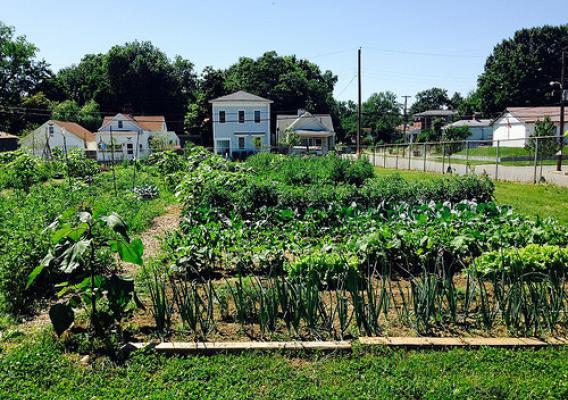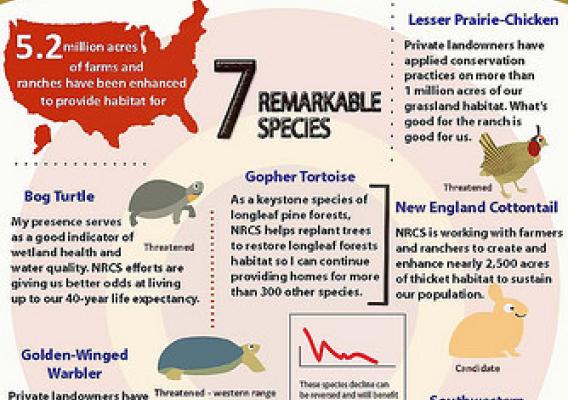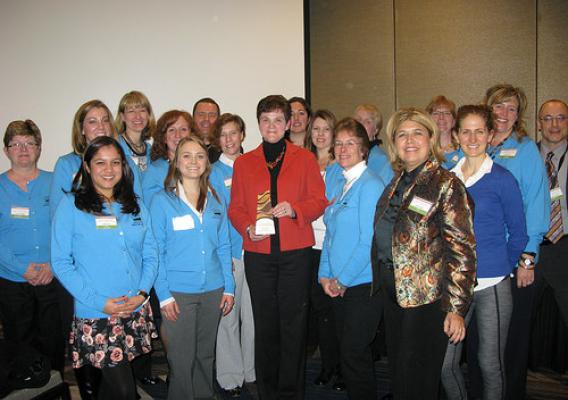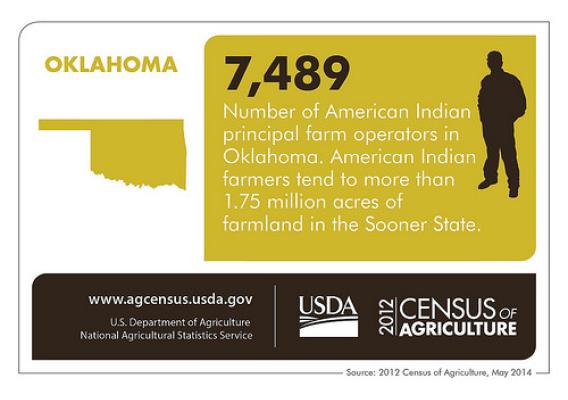The Census of Agriculture is the most complete account of U.S. farms and ranches and the people who operate them. Every Thursday USDA’s National Agricultural Statistics Service will highlight new Census data and the power of the information to shape the future of American agriculture.
Farming is pretty sweet in Vermont. After all, our producers rule U.S. maple syrup production. According to the 2012 Census of Agriculture, Vermont’s 1,523 “sugar makers” produced just under a million gallons of this sweet syrup. That’s more than 44 percent of all the maple syrup produced in the United States. The 2015 maple season will be starting soon. Daytime temperatures in the 30s and 40s with nighttime temperatures below freezing are needed for the maple sap to start flowing.
While Vermont’s terrain is excellent for maple trees, our hills and valleys are also pretty ideal for livestock. The dairy sector stands out in Vermont with about 900 dairy farms that generated more than 65 percent of the total value of agricultural product sales in 2012. That’s more than $504 million and makes us one of the top 20 states by value of sales of milk from cows. You have to admit that’s pretty impressive, considering that we are one of the smallest states in the union. More than 428,000 acres of our cropland are dedicated to corn and hay forage crops, largely supporting the dairy sector.









